|
|
The current range of books. Click the image above to see them on Amazon (printed and Kindle format). More info on coinpublications.com |
|
|
-
Content Count
597 -
Joined
-
Last visited
-
Days Won
8
Posts posted by Chingford
-
-
Website still works browser dependent, works in my iPhone and Kindle, but not my laptop (chrome)
-
 2
2
-
-
-
You would need to be a member to submit direct to NGC yourself, okay if you plan a good number.
You can use a member dealer, Numistacker is one I know in London, there is a price guide and instruction on his website.
-
-
1 hour ago, PWA 1967 said:Maybe someone is able to put the pictures up please for three pennies UIN 32575 ,32578 and 37644.They may be of know interest to people who know what to look for but might help a new collector or save them a few quid.Bronze go Pink ,brown ,purple or even white and Copper Pink ,purple or black.....Ish colour as depends how much the coin has retoned.The colour can often be blotchy or speckled as the cleaning has changed the metal unevenly.
I
-
PCGS are in France and will only accept packages delivered by hand (appointment) or courier.
No couriers will insure packages containing coins, all in the small print. You can independently insure the package.
NGC have a London Office, delivery by appointmrnt, Courier and Royal Mail, Special delivery would insure up to £2500.00.
Fill in return postage form, and tick box for USA grading. If coins are graded in UK you will be charged VAT.
-
27 minutes ago, mrbadexample said:Which IOM coinage please John? The only fit I can see is the 1860 copper halfpenny and the 1839 IOM halfpenny and I'm struggling to get my head round that.

I was giving an example of low mintage UK coins where the dies were used to produce other Commonwealth/Countries coinage. This could be part of the reason why some coins are relatively few in number.
-
 1
1
-
-
You overlook that the RM struck coinage and produced dies for Commonwealth and other Countries, some of which our Monarch was Head of State.
The 1860 Halfpenny Obv die was used for Isle of Man coinage.
A small number of coins could have been struck for Pyx, testing purposes, or marketing.
-
32 minutes ago, secret santa said:Can someone remind me of the approximate costs of slabbing/grading please.
NGC rates vary depending on your own submission which requires membership, or going through a dealer. If you have only a few coins to do, a dealer would be best value at approx. £30 to £50 each, the first has a ceiling value of £250 and £2500 for the second. These numbers are grading only, and currently take around 2 months to turnaround.
-
18 minutes ago, Peckris 2 said:Explain?
I sold it to another collector
-
19 hours ago, Rob said:I can't confirm if it is true, but I'm lead to believe there are only two mint state examples available. There's one in an MS65(?) slab with questionable colour that was on Cooke's site for years and another in a private collection which definitely doesn't have any problems.
Adams coin is currently residing in a NGC MS61 slab after being carefully conserved, was in a CGS65 slab before being broken out and sold raw at LCA, Didn't sell at Goldberg's Auction $8,000 - $10,000
There are currently two NGC MS65 1827 Pennies, one BN the other RB.
-
-
-
-
Spoke to Michael this morning, He is making available his article on the CP1847 Medusa, a significant and recent Copper Penny find, details on the link
-
 2
2
-
-
27 minutes ago, alfnail said:The numerals on the atlas example are in the correct position for it to be a 5/5, although the top of the 2nd 5 looks straighter than I have seen before.
I'm still thinking that it is most likely a 5/5.
I have owned 8 examples of the 5/5 over the years and they all have the same obverse / reverse legend features.
Atlas, suggest you check the obverse to see if yours has the small protrusions I have highlighted on the OR of VICTORIA, and then check the reverse (which should be a Plain Trident) to see if the NN of BRITANNIAR looks like the picture below.
I can understand a 4 being in the graders mind as the initial thought would be the remains of the crosslet to the right of the 5 and the seemingly diagonal remains within the loop of the 5.
However the diagonal has a distinct curvature, giving rise to a rounded numeral, and there are no remaining signs of the upright, I would think the remains of it would be obvious being the larger and stronger part of a 4.
I looked at the possibility of a 3, Mangahas records an occurrence of a 5 over 3 in Halfpennies, looking at the coin it is easy to image a 3, and the CP1853 has several different variations in positioning, size and re cutting, but the 3 has a rounded top, the top of the numeral is very straight and rises from left to right, it also has a definable dip in the middle. but would be worth overlaying the different types to see if there is a fit.
Personally I would still go for a 5 over 5, again there are several variations in both positioning, formation and re cutting of the 5's in 55, especially when taking the observations above into account,.
Would be worth overlaying both 3 and 5 to find a conclusive answer.
-
1 hour ago, terrysoldpennies said:Is this the Alderley Collection you bought from John. Pictures aren't to clear though. http://colincooke.com/collections/alderlycollectionvictoria.html
Yes, that is the coin and platform I bought from, I emailed Richard some images I have, hopefully He can use them to get a clearer image of the over date.
-
 1
1
-
-
7 hours ago, secret santa said:Thanks John - do you still have pictures ?
Lost a lot of my Library, HD Failure and corrupt Backup, will email you with what i can find.
-
5 hours ago, secret santa said:Looking through auction archives, the genuine 1854 over 3 does seem to be a rare coin and, as such, I'm going to add it to my rare penny site. I'd be grateful for any photos from members please.
Example 3 Alderley Collection is correct I bought it, subsequently sold it on a couple of years ago
-
-
-
33 minutes ago, 1949threepence said:One of the pre 1860 pennies I've found particularly difficult from the identification perspective, is the 1854/3. I'm sure that quite a few of those touted as such are mis-attributed, and I still haven't got one.
Bramah classes them as "rare" but in a "less degree" than some of the others which I've not found especially difficult to obtain. He describes the 4/3 as follows: "The die has been altered from 1853, the 3 showing chiefly to the right and left at top of 4, and in the space between its left base serif and the cross-stroke". That latter point "the space between the left base serif and the cross-stroke", appears to be crucial, because as far as I can tell it shows up quite strongly, whereas marks to the right and left at top of 4 appear so faintly, even under magnification, that you're not sure whether or not you're seeing things that aren't actually there.
Some of the one's I've seen touted as 4/3 seem to be no more than the lower serif, downwards from the right hand side of the aforementioned cross-stroke, seeming to curl round in a sort of semi circular shape, as opposed to the straight lines you see on others. Not sure why there is a difference, but equally, I'm far from convinced that such specimens in and of themselves, are 4/3, as all the other indicators are invisible or just not there at all.
So with this in mind, could those of you who might reasonably be described as way more experienced than me in this regard, possibly give your opinions as to whether or not this coin is an 1854/3? There is excellent magnification if you hover over it.
Thanks in advance, gents, and sorry to be nuisance.
So as not to be confused with Ebay offerings, the three can be seen top and bottom to the left of the 4,
-
 2
2
-
-
1 hour ago, 1949threepence said:Not everybody refers to it as the Medusa variety. Certainly the two sold by LCA and the one being sold by Jack Relph, make no such reference. But they do pinpoint the other unique criteria related to the coin, such as the shield.
The Medusa head will disappear with any wear, but the other features won't.
Mind, I wouldn't buy it either unless one appeared cheap. Despite it's rarity it just doesn't have enough of a "wow" factor for me personally.
The same can be said of Geo IV , W1111, and early Victorian Copper pennies, clearly a lion medallion on the centre of the breast plate, only really identifiable on choice or proof coins, but lost over time through die wear after 1841
-
 2
2
-
-
7 minutes ago, 1949threepence said:Changing the subject completely, what does anybody know about the history of the 1858 "large rose" penny? As in when was the variety discovered, and who discovered it?
Clearly wasn't Bramah or Peck as neither make no mention of it, and I wouldn't have thought it would have been regarded as a "minor variety" by either.
They can't be that scarce as I've seen a fair few on offer and a number already sold. Also I've just managed to get one for £40.99 - admittedly in not great condition, but still. I've got one.
Picture: side by side - large rose above, small rose below.
The first reference I came across was in Coin Market Values in 1998, described as 1858 8/9 Large Rose, not having seen one or an image I thought it could have been a reference to a full rose, as most CP1858 are missing the top petal. It wasn't until several years later I found my first one. I thought at first it was a Penny Obv paired with Halfpenny Reverse until I looked at the trident.
-
 2
2
-
 Coinpublications.com
Coinpublications.com




.jpg.3bdf8cd06304c4a0b8f4ffbcc2135539.jpg)
.jpg.b84e1729fb3f8d67f124fc6bfb3e1697.jpg)
.jpg.d40b7d42899e0f6c970c7e2e730aaf4c.jpg)


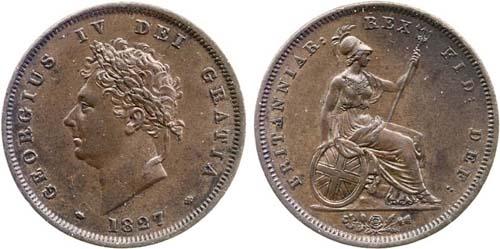


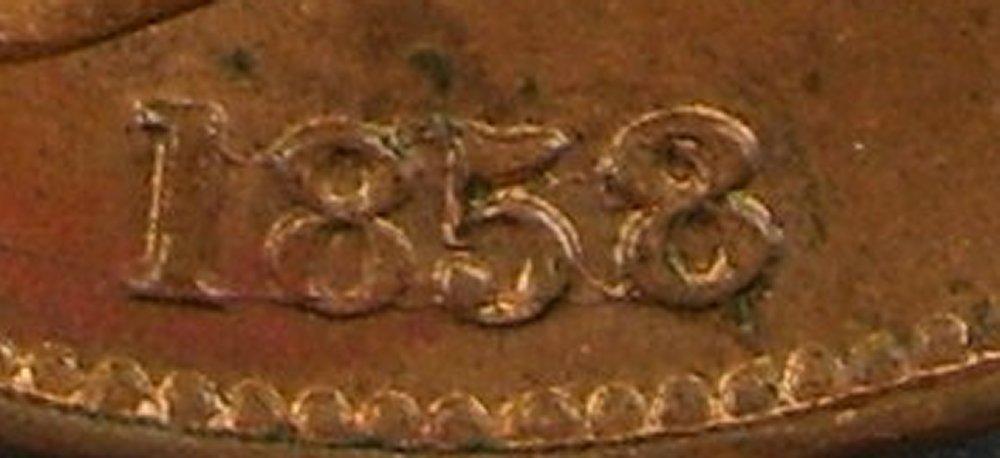
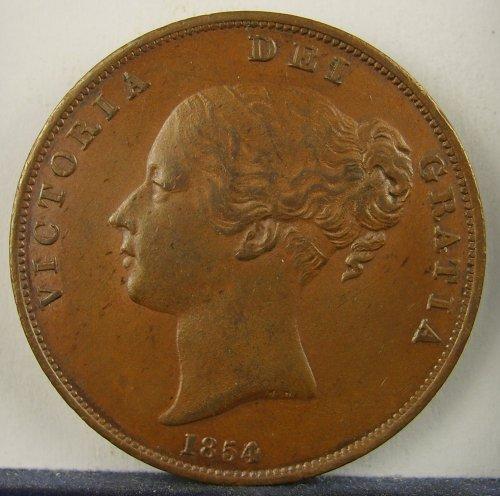
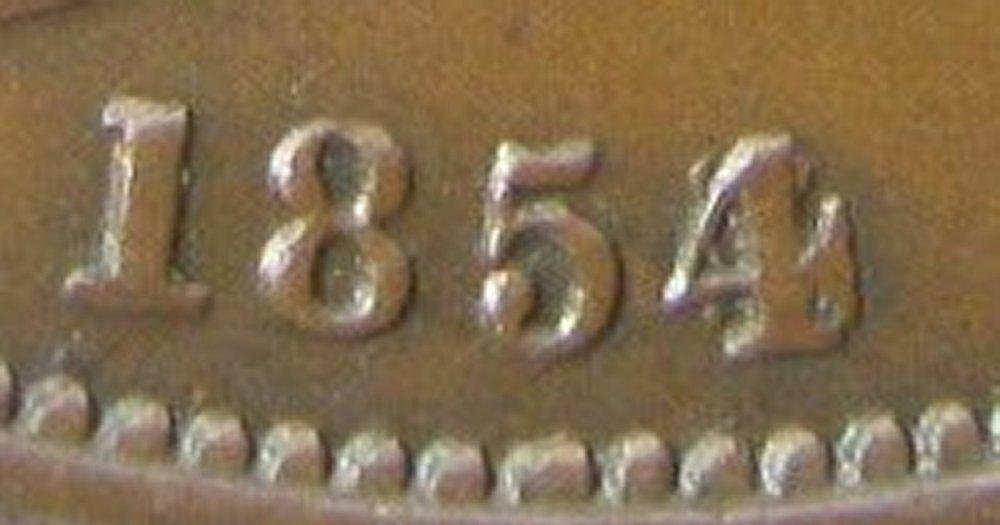
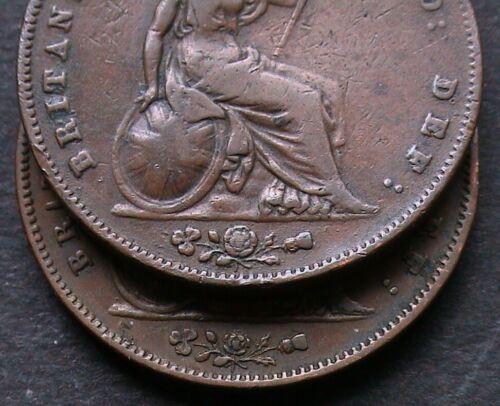
Slabbing
in British Coin Related Discussions & Enquiries
Posted
Works for me